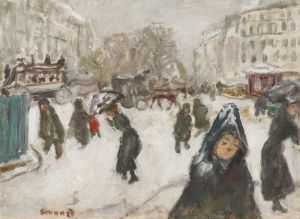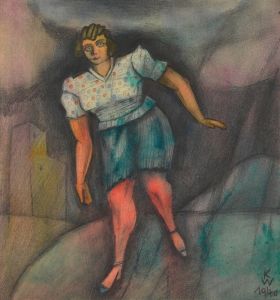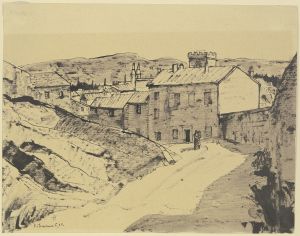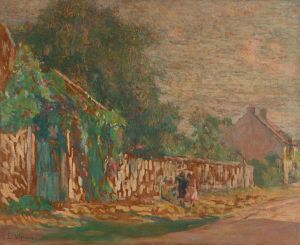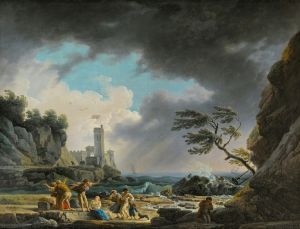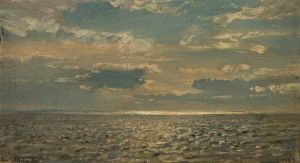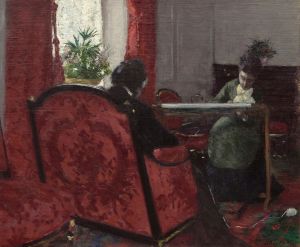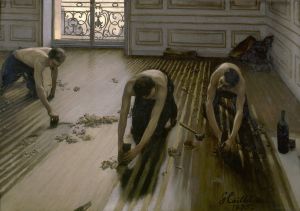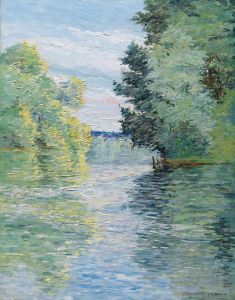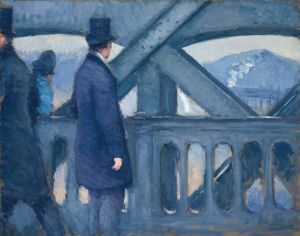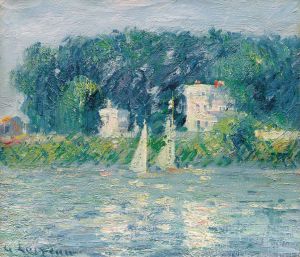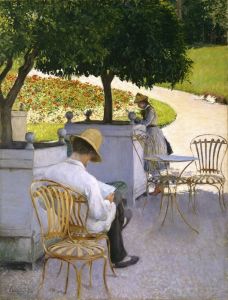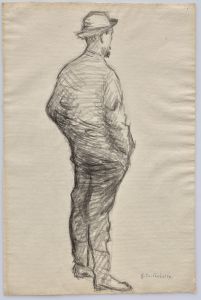
Paris Street; Rainy Day
A hand-painted replica of Gustave Caillebotte’s masterpiece Paris Street; Rainy Day, meticulously crafted by professional artists to capture the true essence of the original. Each piece is created with museum-quality canvas and rare mineral pigments, carefully painted by experienced artists with delicate brushstrokes and rich, layered colors to perfectly recreate the texture of the original artwork. Unlike machine-printed reproductions, this hand-painted version brings the painting to life, infused with the artist’s emotions and skill in every stroke. Whether for personal collection or home decoration, it instantly elevates the artistic atmosphere of any space.
"Paris Street; Rainy Day" is an oil painting created by the French artist Gustave Caillebotte in 1877. The work is considered one of Caillebotte's most famous and celebrated pieces, showcasing his mastery of perspective, composition, and the depiction of modern urban life in late 19th-century Paris. The painting is currently housed in the Art Institute of Chicago, where it has been part of the museum's collection since 1964.
The painting measures 212.2 cm × 276.2 cm (approximately 83.5 in × 108.75 in), making it a large-scale work. It depicts a busy intersection in the Place de Dublin, located in the 8th arrondissement of Paris, on a rainy day. The scene is characterized by its meticulous attention to detail and its realistic portrayal of the city's architecture, cobblestone streets, and the effects of light and weather. The composition is dominated by a couple in the foreground, dressed in fashionable attire of the time, walking under an umbrella. Other figures, including pedestrians and a man carrying a ladder, populate the background, adding depth and movement to the scene.
Caillebotte's use of perspective is particularly striking in this painting. The artist employs a sharply receding diagonal line to create a sense of depth, drawing the viewer's eye into the distance. The figures and buildings are rendered with precise realism, reflecting Caillebotte's interest in photography and his ability to capture the nuances of modern urban life. The wet streets and the reflections of light on the cobblestones are depicted with remarkable skill, enhancing the atmospheric quality of the scene.
"Paris Street; Rainy Day" is often associated with the Impressionist movement, although Caillebotte's style differs from that of his contemporaries, such as Claude Monet and Pierre-Auguste Renoir. While the Impressionists were known for their loose brushwork and emphasis on capturing fleeting moments, Caillebotte's approach in this painting is more precise and structured. Nevertheless, the work shares the Impressionists' focus on modernity and the changing urban environment of Paris during the late 19th century.
The painting was first exhibited at the Third Impressionist Exhibition in 1877, where it received attention for its innovative composition and subject matter. Over time, it has come to be regarded as a masterpiece of 19th-century art and a significant representation of Parisian life during the period of Haussmannization, when the city underwent extensive modernization and redevelopment.
Gustave Caillebotte (1848–1894) was a painter, collector, and patron of the arts. Although he was not as widely recognized during his lifetime as some of his peers, his contributions to the Impressionist movement and his unique artistic vision have earned him a prominent place in art history. "Paris Street; Rainy Day" remains one of his most enduring and iconic works.





